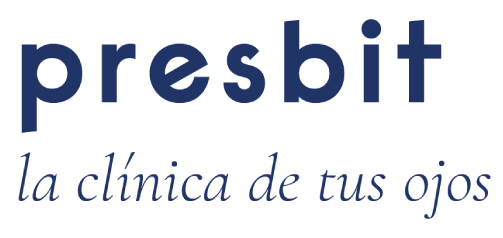From 8 years of age it is practically impossible to reverse the defect of lazy eye or amblyopathy, so if we have not acted before, it may be too late.
We recommend seeing a specialist in pediatric ophthalmology to detect or rule out any abnormality in time. It should also be taken into account that correct vision helps to combat school failure in children.
The following are the recommended pediatric ophthalmologic checkups during the first years of life:
During the first month (Pediatrician):
This examination is essential to rule out serious eye diseases and malformations such as glaucoma or congenital cataract.
At 7 months (Pediatrician):
This screening serves to rule out or diagnose strabismus.
At 19 months (Ophthalmologist):
This screening is also very important, as it is at this time that retinoblastoma (the most common malignant intraocular tumor in childhood) can be detected and an early diagnosis of amblyopathy or lazy eye can be made.
At 4 years of age (Ophthalmologist):
In this examination, visual acuity is explored and it is accurate to detect possible refractive defects.
After this check-up, it is recommended to visit the ophthalmologist every 2 years until the age of 14.
Get informed!


